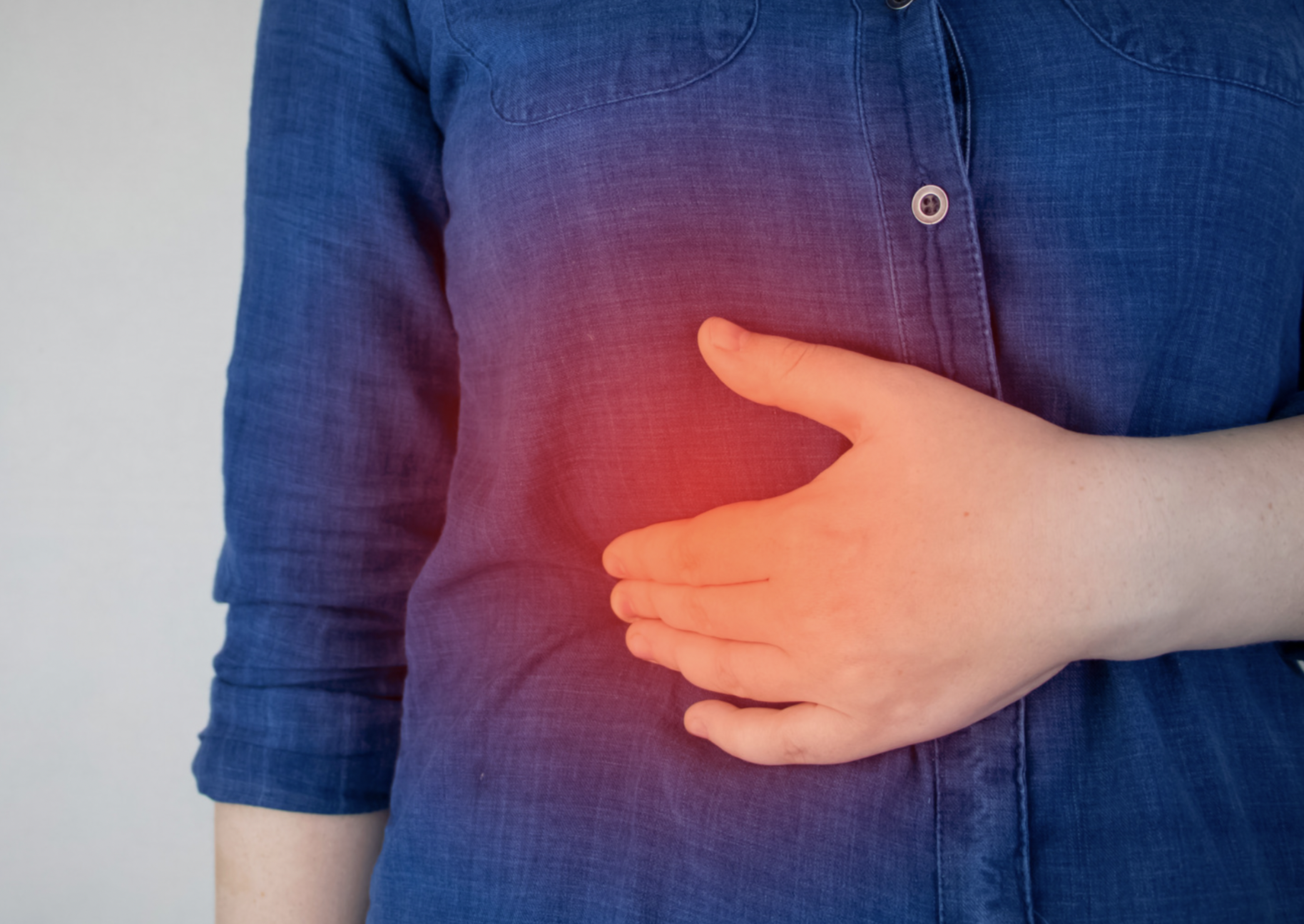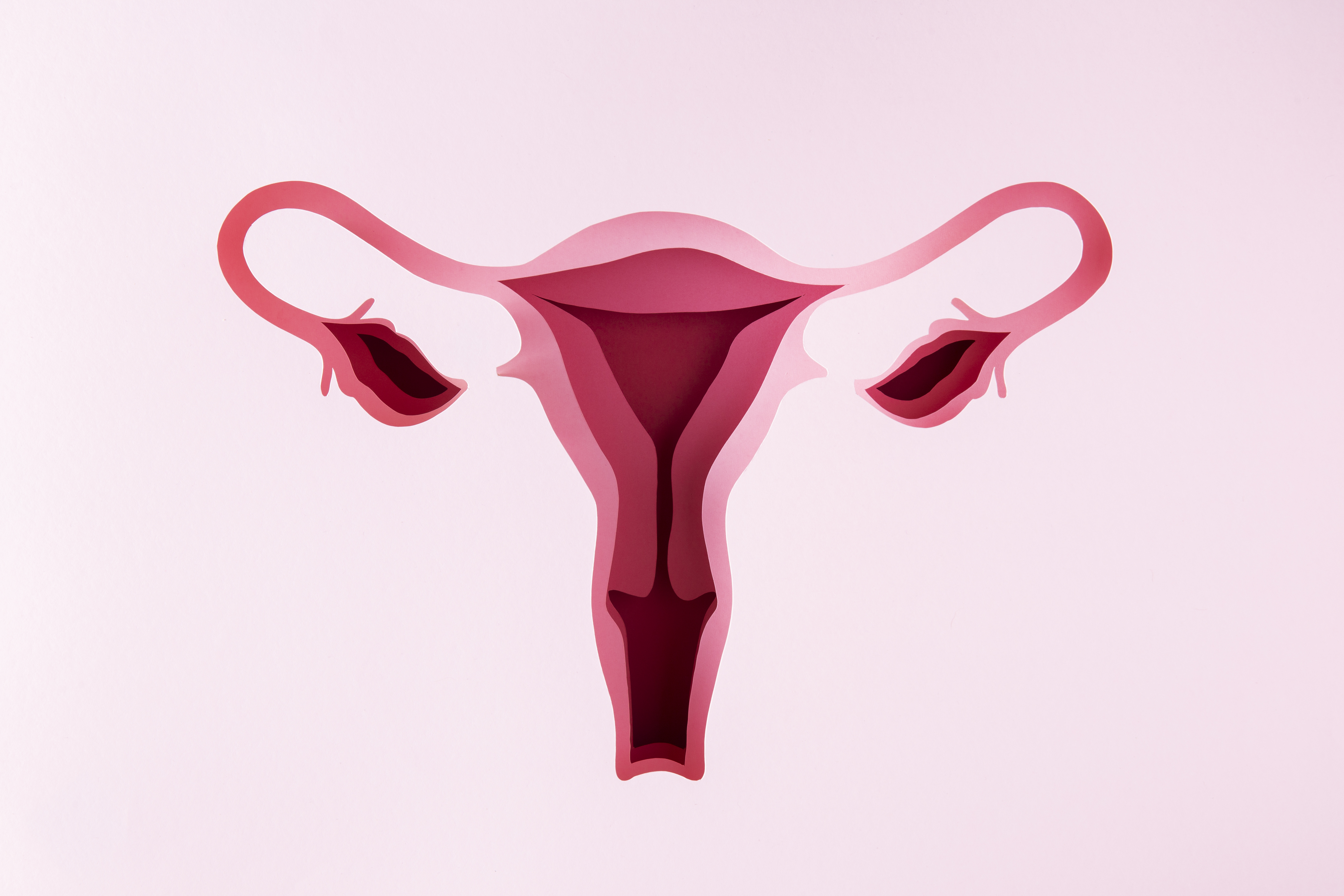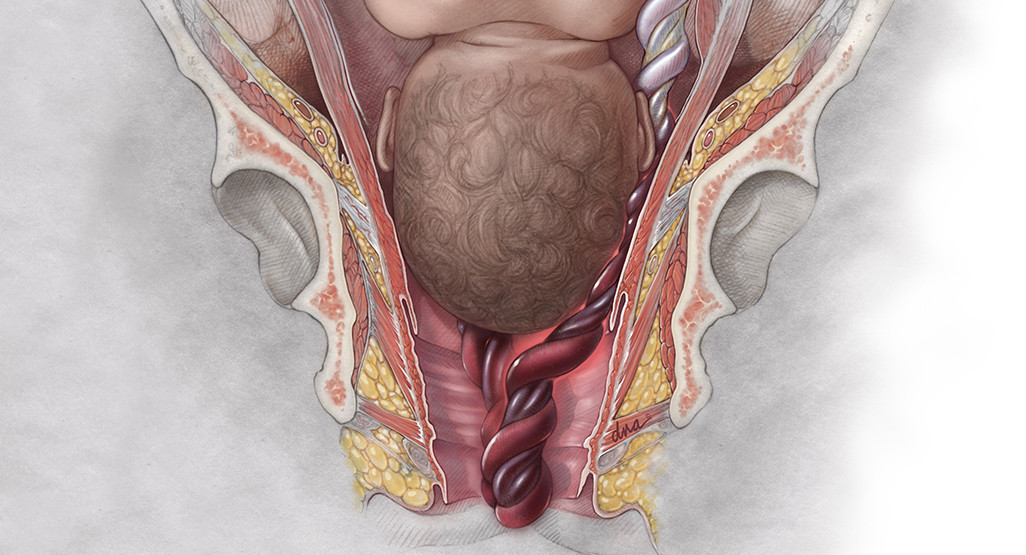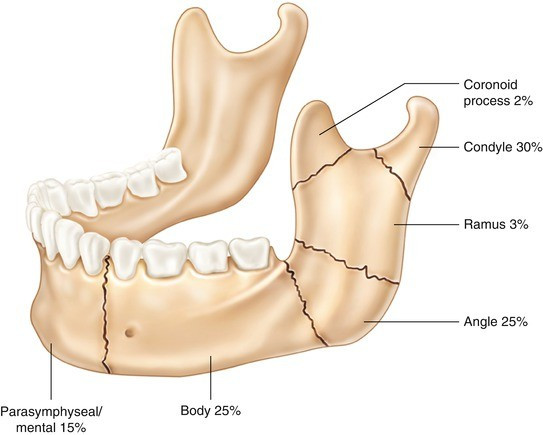Definition
Acute abdomen is a sudden and severe presentation of gastrointestinal diseases. Acute abdomens indicate life-threatening gastrointestinal diseases and require immediate intervention. Acute abdomen is commonly used interchangeably with "acute abdominal pain." However, in certain groups, such as children, individuals with a weakened immune system (such as those with HIV or on immunosuppressant drugs), and the elderly, pain may not be the primary symptom experienced. Typically, children and infants cannot express the symptoms; hence, pain is not the primary indication of an acute abdomen. A comprehensive evaluation is necessary due to the many potential causes of acute abdomen.
The incidence of acute abdomen is unknown; however, it accounts for 7–10% of emergency room visits.
Causes
The etiology of the acute abdomen can be multifactorial, resulting from diverse pathologies affecting different organs, such as:
Some numerous conditions and organs can cause an acute abdomen, including:
- Acute cholecystitis
- Acute appendicitis
- Inflammatory Meckel's diverticulitis
- Acute pancreatitis
- Ectopic pregnancy
- Diverticulitis
- Gastric ulcers or peptic ulcers
- Pelvic inflammatory disease
- Intestinal obstruction and paralytic ileus
- Gastroenteritis
- Acute intestinal ischemia or vasculitis
- Gastrointestinal bleeding
- Urinary retention
- Abdominal aortic aneurysm
- Pyelonephritis
- Testicular torsion
- Other causes include myocardial infarction, pneumonia, hepatitis, typhoid, enteritis, and inflammatory bowel disease.
Acute abdomen cases caused by a ruptured abdominal aortic aneurysm, a perforation in the intestines or stomach, mesenteric ischemia, or an ectopic pregnancy that was interrupted need to be diagnosed and treated immediately with surgery.
Immediate therapy is necessary for acute abdomen caused by intestinal obstruction, appendicitis, and acute pancreatitis.
The etiologies of acute abdomen in infants, toddlers, and children include the following:
- Meconium peritonitis
- Necrotizing enterocolitis
- Hypertrophic pyloric stenosis
- Volvulus manifests in 40% of infants within the first week of life, 50% within the first month, and 75% within the initial year.
- Anal atresia
- intussusception manifests between the ages of 9 and 24 months.
- Intestinal obstruction
- Appendicitis
Under certain conditions, the doctor may determine the symptoms based on the location of the pain under certain circumstances. Nevertheless, pain can also manifest in all of the abdominal regions, particularly in cases of peritonitis. Peritonitis refers to the inflammation of the peritoneal or abdominal cavity. This is a result of the rupture of the digestive tract, leading to the leakage of enzymes and bacteria from the intestines into the abdominal cavity. Peritonitis can result from various underlying disorders, including appendicitis, diverticulitis, intestinal obstruction, pancreatitis, and pelvic inflammatory disease. Spontaneous bacterial peritonitis develops when bacteria from the circulation of blood enter the peritoneal cavity. This commonly happens in cases of ascites and cirrhosis.
Risk factor
The risk factors for acute abdomen are diverse and depend on the underlying etiology.
- Hypertension, or high blood pressure, increases the risk of developing an aortic aneurysm.
- Alcohol use is a contributing factor to the development of pancreatitis.
- Geriatric
- Administering anticoagulant
- Consuming immunosuppressant
Symptoms
Pain is the typical manifestation of an acute abdomen. The specific localization of pain may help the doctor determine the specific site of the underlying pathology causing the acute abdomen. Nevertheless, further examination is required to validate the diagnosis.
- Acute pancreatitis, myocardial infarction, and radiculitis are potential causes of pain in the upper abdomen on both the right and left sides.
- The presence of pain in the upper right abdomen may be attributed to conditions such as appendicitis, cholecystitis, biliary colic, hepatitis, or duodenal ulcer perforation.
- Gastritis or spleen rupture might result in pain in the upper left abdomen.
- Appendicitis, Meckel's diverticulitis, and adenitis may all cause pain in the lower right abdomen.
- Colitis or appendicitis might result in lower right abdominal pain.
Additional symptoms that may manifest include:
- fullness
- Gastric discomfort characterized by a sensation of intense heat
- Vomiting
- Fever
- Diarrhea
- Constipation
- Jaundice
- Melena refers specifically to black stool caused by bleeding in the upper gastrointestinal tract.
- Hematuria refers to the presence of blood in the urine.
- Hematemesis refers to vomiting blood.
- Weight loss
Warning indicators of an acute abdomen include:
- Severe pain
- Signs of shock (rapid pulse, low blood pressure, sweating, decreased consciousness)
- Signs of peritonitis (pain that persists and/or worsens with light pressure or touch)
- Abdominal distension
Diagnosis
Your doctor will inquire comprehensively about your complaint. Possible inquiries may include the following:
- Pain localization
- Immediate or persisting pain
- Pain intensity (hot, dull, ripping; continuous or intermittent)
- History of previous similar complaints
- The severity of the pain
- Transmission of pain
- Additional concurrent symptoms
- Medications include anticoagulants like aspirin and immune system suppressants such as corticosteroids.
- Background and medical history
- Alcohol addiction
- History of contraception, menstrual cycle, sexual activity, ectopic pregnancy, and vaginal bleeding
The doctor will evaluate vital signs (blood pressure, pulse, respiration rate, oxygen saturation, temperature), consciousness, and abdominal examination (pressing the stomach, listening to bowel sounds). An internal obstetric examination and a rectal touch examination may be suggested depending on the indications.
The following additional examinations are performed:
- Electrolytes, metabolic panel, and complete blood count
- Urinalysis
- ECG evaluation, particularly in patients aged 40 and older,
- Comprehensive pregnancy screenings for all women within the reproductive age range
- Diagnostic imaging procedures include abdominal ultrasound, x-rays, and CT scans.
- Typically, this test will be performed multiple times in order.
- Endoscopy is a diagnostic procedure in which a camera is inserted into the rectum or pharynx to directly observe the condition of the intestines.
Management
The treatment for acute abdomen depends on the underlying cause. Sometimes, the symptoms are so severe that immediate surgery is necessary. To save lives, doctors may proceed with the operation without waiting for additional examination results. Initial treatment involves stabilizing the patient's hemodynamic condition by administering intravenous fluids, antibiotics if needed, antiemetics (anti-vomiting medication), and close monitoring. If the patient's condition is relatively stable, doctors may provide analgesics (pain relief) while awaiting further diagnostic results and specific management plans. Treatment is typically conducted in the ICU and involves a multidisciplinary team of specialists, including those from internal medicine, surgery, radiology, and urology.
Complications
If left untreated, acute abdomen may result in the following complications:
- Sepsis
- Necrosis and/or gangrene of the intestine
- Fistula
- Death
Prevention
Certain etiologies of acute abdomen can be overcome through dietary and lifestyle modifications that promote gastrointestinal health.
- Consume balanced, high-fiber foods.
- Reducing alcohol intake
- Painkillers (NSAIDs) and other substances that can induce gastric ulcers should be avoided. Consult this with your doctor.
When to see a doctor?
Acute abdominal pain is an emergency condition that requires immediate attention. If you experience any symptoms or warning signs, consult your doctor immediately. Prompt diagnosis and treatment are crucial to prevent further complications.
Looking for more information about other diseases? Click here!
- dr Nadia Opmalina
Ansari P (2021). Acute Abdominal Pain. MDS Manual Professional Version. Available from: https://www.msdmanuals.com/professional/gastrointestinal-disorders/acute-abdomen-and-surgical-gastroenterology/acute-abdominal-pain#v55245799
Patterson JW, Kashyap S, Dominique E. Acute Abdomen. [Updated 2021 Jul 14]. In: StatPearls [Internet]. Treasure Island (FL): StatPearls Publishing; 2022 Jan-. Available from: https://www.ncbi.nlm.nih.gov/books/NBK459328/
Tidy C. (2019). Acute abdomen. Patient.info. Available from: https://patient.info/doctor/acute-abdomen
Miller BJ. (2021). What is abdominal pain?. EverydayHealth. Available from: https://www.everydayhealth.com/abdominal-pain/guide/
Navez B, Navez J. Laparoscopy in the acute abdomen. Best Practice & Research Clinical Gastroenterology. 2014; 28 (1): p.3-17












